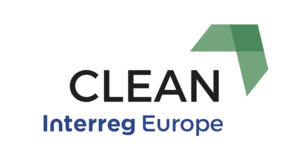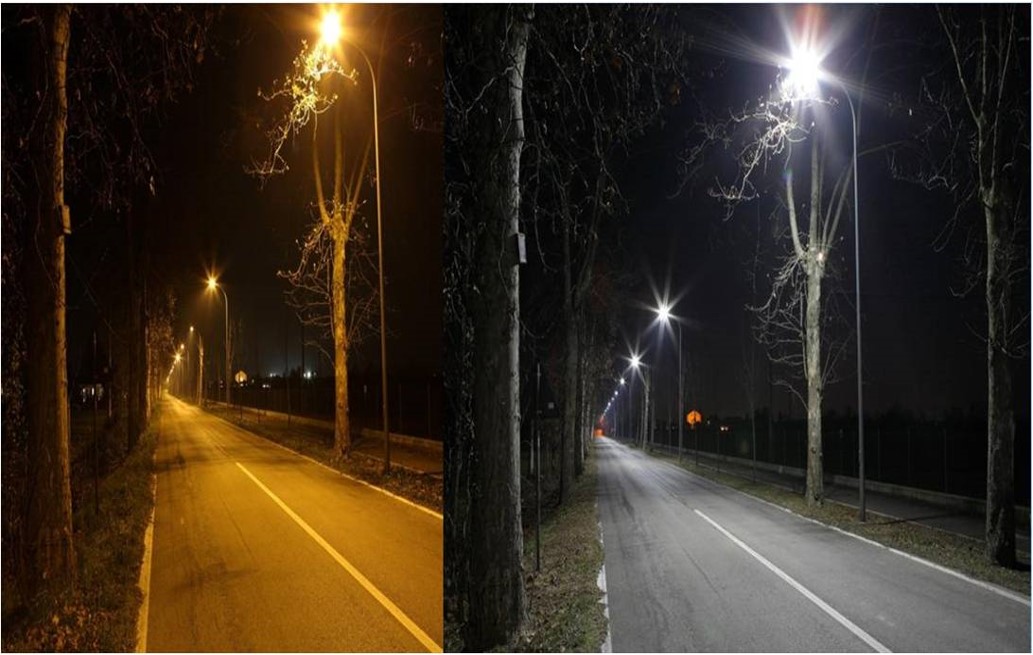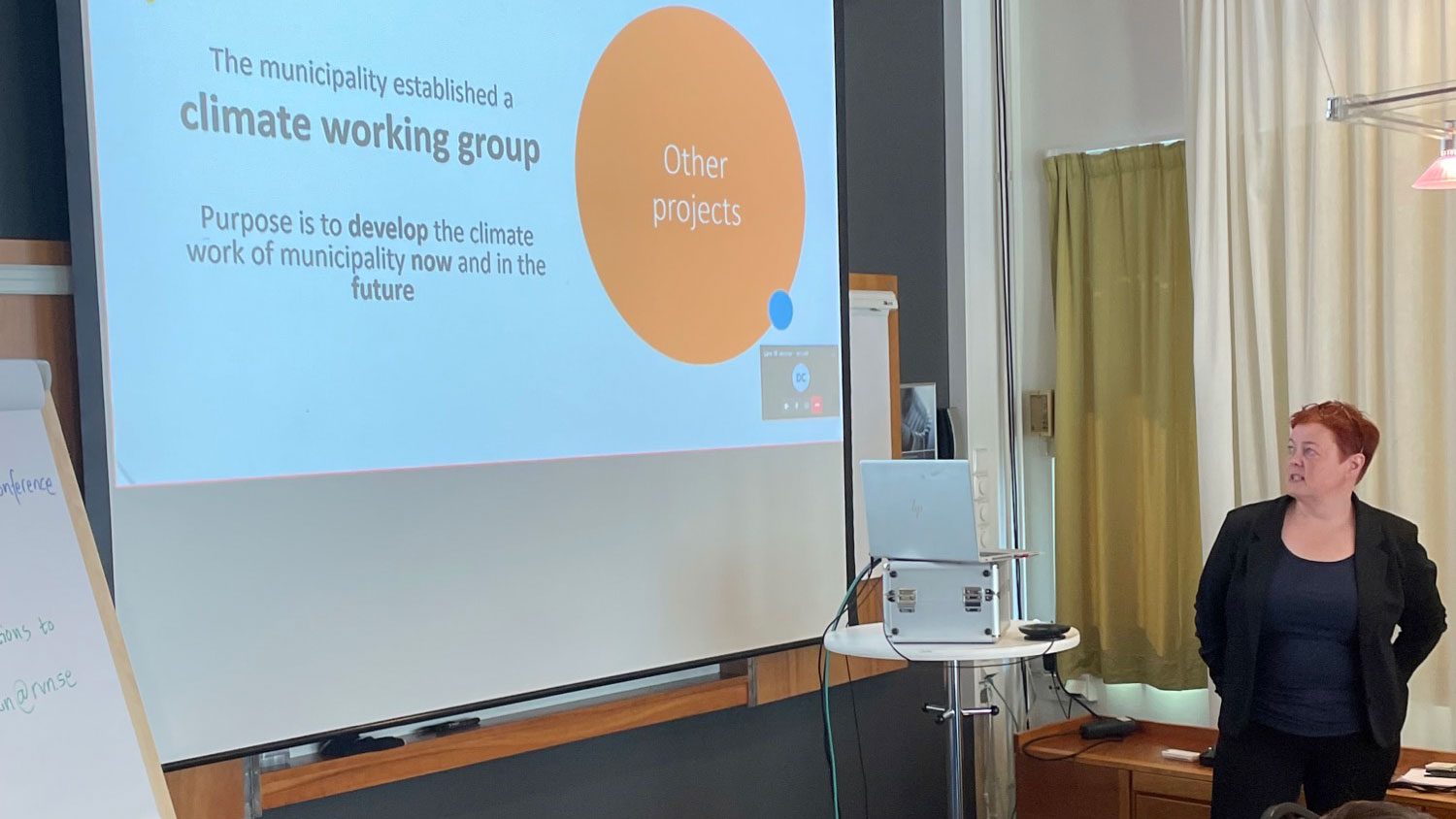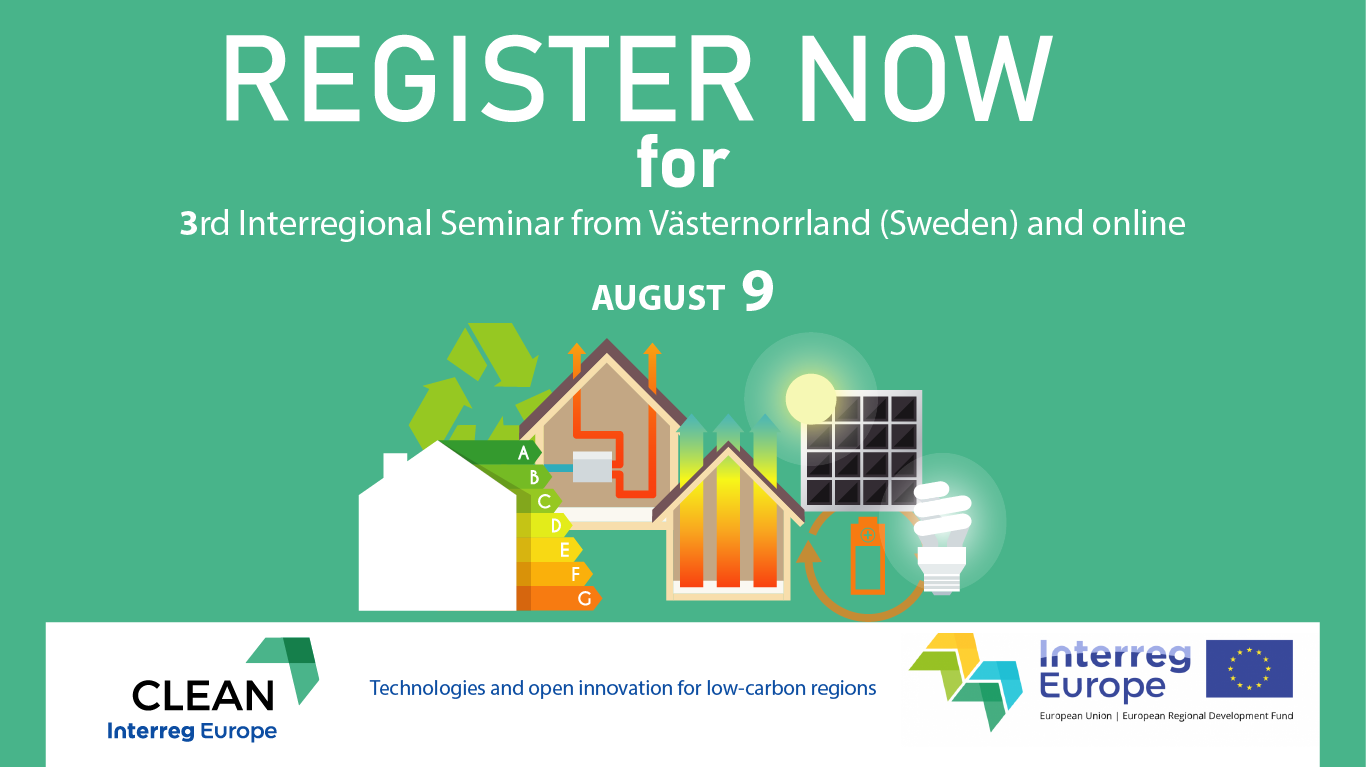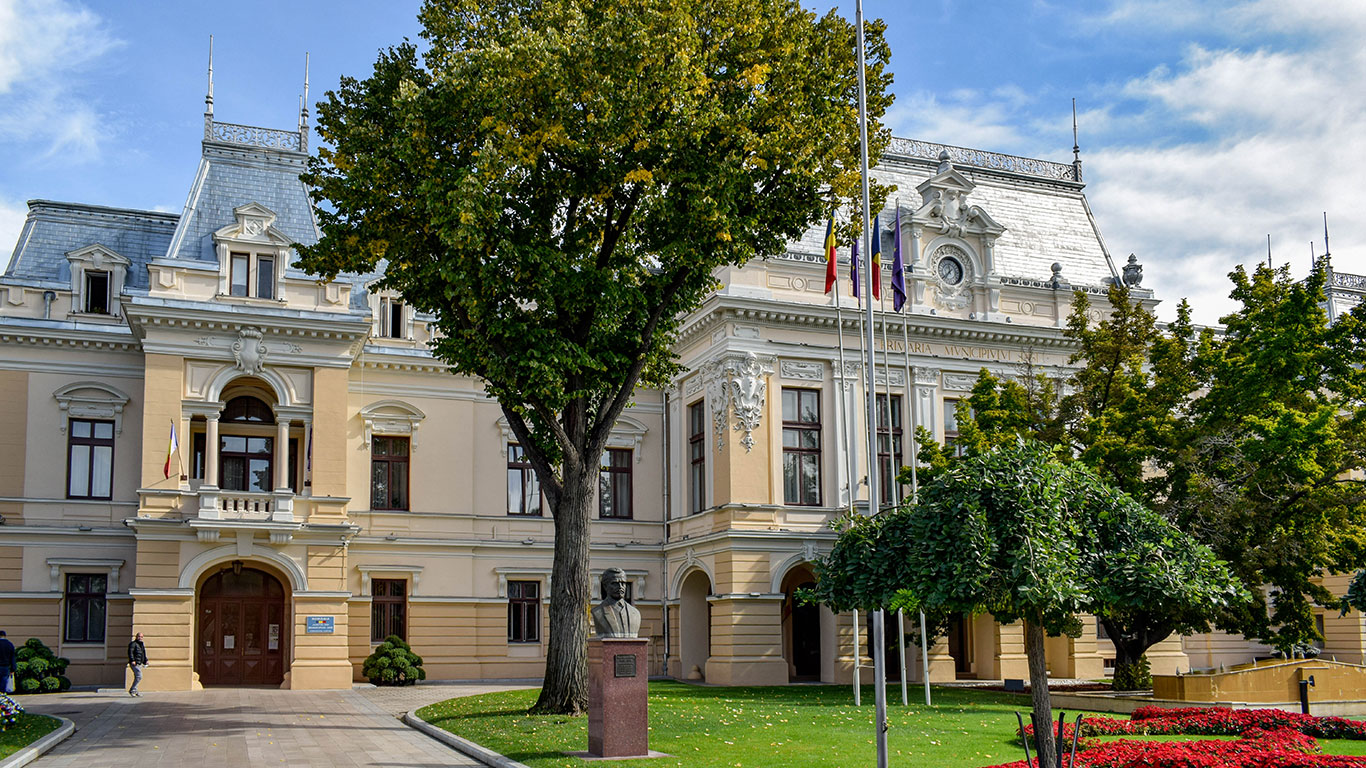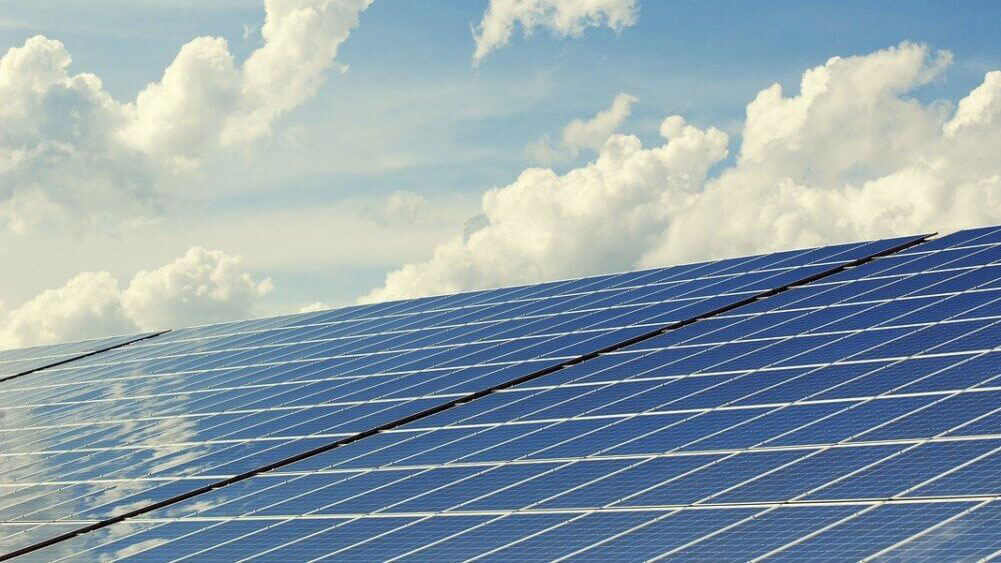The European Commission recently agreed on new rules to improve the energy performance of buildings. With these measures, the Commission is trying not only to achieve smarter and more energy efficient buildings but also saving money and creating jobs in the renovation and construction sector. The changes agreed on tap into the huge potential for efficiency gains in the building sector, the largest single energy consumer in Europe.
Main achievements
• Creates a clear path towards a low and zero-emission building stock in the EU by 2050 underpinned by national roadmaps to decarbonise buildings.
• Encourages the use of information and communication technology (ICT) and smart technologies to ensure buildings operate efficiently for example by introducing automation and control systems.
• Supports the rollout of the infrastructure for e-mobility in all buildings (although to a lesser extent than in the Commission's proposal).
• Introduces a "smart readiness indicator" which will measure the buildings' capacity to use new technologies and electronic systems to adapt to the needs of the consumer, optimise its operation and interact with the grid.
• Integrates and substantially strengthens long-term building renovation strategies.
• Mobilises public and private financing and investment.
• Helps to combat energy poverty and reducing the household energy bill by renovating older buildings.
Following this approval by the European Parliament of the revised directive on Energy Performance of Buildings, the Council of Ministers will finalise its formal agreement in an upcoming Council meeting. This endorsement will be followed shortly by the publication of the text in the Official Journal of the Union, which will enter into force 20 days after publication. Member States will then have to transpose the new elements of the Directive into national law within 20 months.
Source and further reading: European Commission
